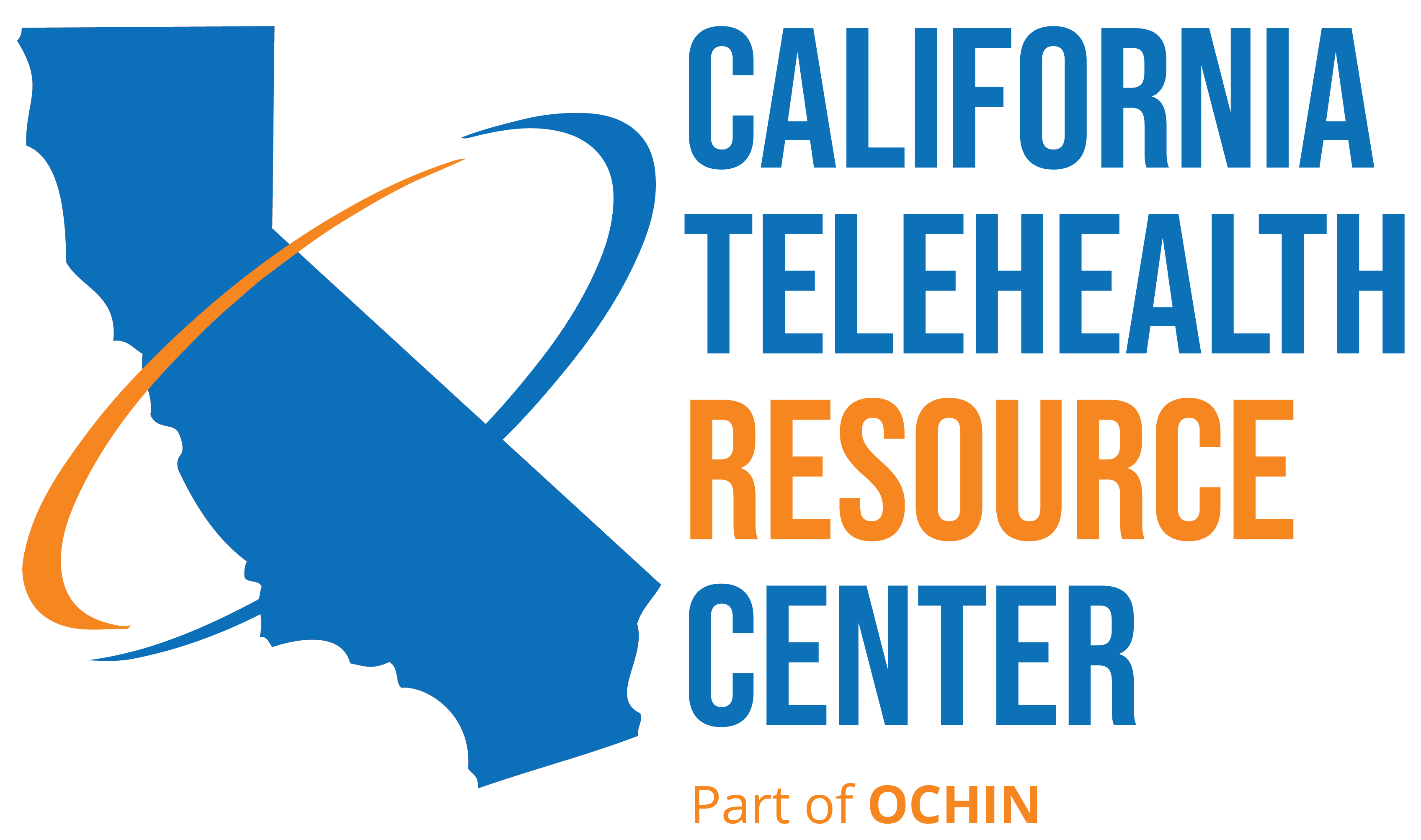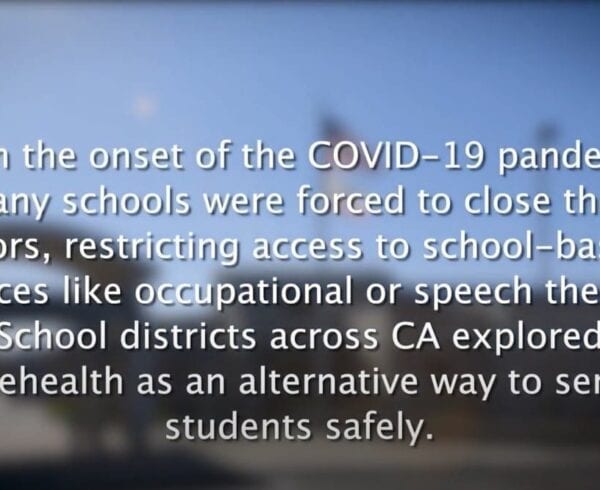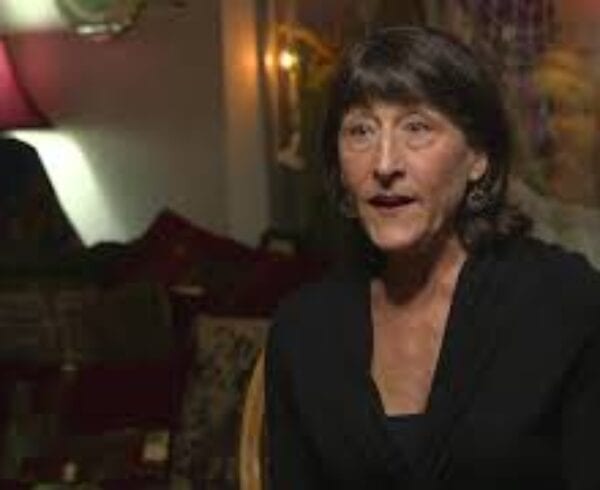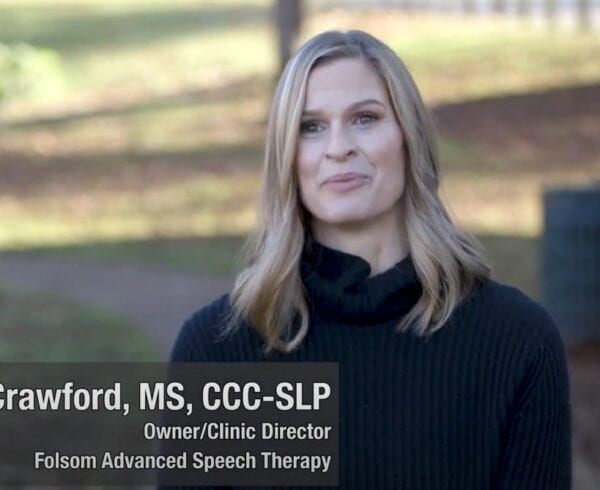John Armstrong found out in 2009 that he had diabetes. He was visiting a friend in Mexico who recognized that John’s recurring symptoms – increased thirst, increased hunger, fatigue and frequent urination – were likely indicators of type 2 diabetes. Because John’s body was increasingly unable to produce enough insulin, he could not maintain proper blood glucose levels. At 59 years old, John had long identified himself as a self-sufficient individual. Living in the remote desert community of Joshua Tree, California, John was adept at finding ways to overcome challenges. As a successful IT director, John worked from home and solved complex technology issues. In response to his diabetes, John identified a straightforward solution. He began purchasing over-the-counter insulin that he would take in advance of meals. No additional assistance seemed necessary.
Within three years John began to struggle to control his sugar levels. One day he might find that his blood glucose had gone too high; a few days later, after reducing insulin intake his sugars would be too low. Despite this unsteadiness and its threats to his health John spent several years trying to manage on his own. When he finally spoke to a primary care physician at the Riverside – San Bernardino County Indian Health, Inc – Morongo Health Clinic he received a prescription for an additional pill, but it made little difference. John was barely maintaining control. His provider suggested that John see an endocrinologist but that would require great time and expense.
Back home, John supports a lot of people. He and his wife pay their own mortgage, as well as the mortgage and medical bills of John’s mother in law. Three children live at home, including a daughter with leukemia. John and his family all receive health care coverage through Medicare. These priorities made the cost of visiting an endocrinologist impossible. The closest endocrinologists – in Hemet or Loma Linda – would require at least 90 minutes of travel in both directions. But with excessive wait times for appointments at those clinics, he would more likely need to schedule an appointment in Los Angeles, requiring a 2½ hour drive in each direction. Either way, he would miss nearly a full day of work.
While John worked to sort through these challenges the Telemedicine Coordinator at the Morongo Health Clinic explained that through telemedicine John could be seen by some of the best endocrinologists in the state and suggested a virtual visit with an endocrinologist. John learned that he could schedule the appointment promptly and that he could be seen in real time by an endocrinologist in the comforts of his own clinic, all supervised by his primary care physician.
John scheduled the appointment for the following week. Even though the endocrinologist was located in San Diego (170 miles away), she was responsive, confident and dedicated plenty of time to understand John’s condition. With just a single specialist consult John had new information that transformed his treatment. Now John’s A1C – the test that shows average blood sugar control for the past 2 to 3 months – is where it’s supposed to be, though it hasn’t been for years. He says that, “Just the opportunity to see a specialist in the local office is unbelievable.” He will continue to utilize telemedicine to visit his new endocrinologist as needed. But even one encounter made a huge difference. Not only are his blood sugars better, but John’s enthusiasm and engagement has shifted as well. His actions have made a difference, so now he is motivated to take action and become an active part of his own healthcare.
Now going on 66, John would like to utilize telemedicine to access to a cardiologist. He says that he prefers telemedicine because, “I get to come where I come anyway. I know the surroundings, I know the people here.” Thinking about his stabilized blood sugar, John’s closing reflections are quite simple. “I consider myself very lucky.”
